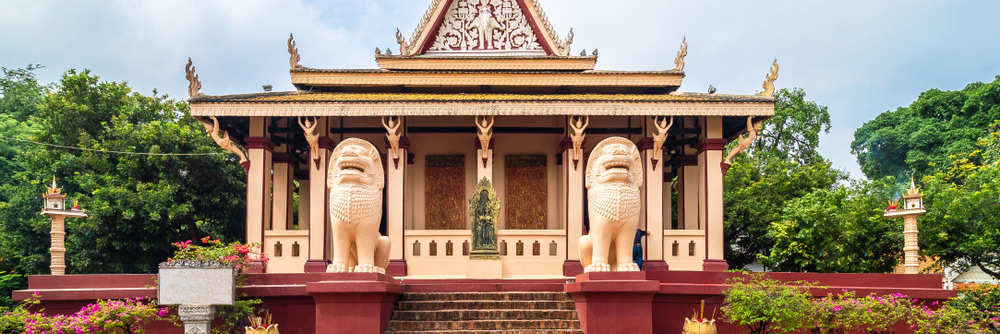The Mekong River, a lifeline of Southeast Asia, winds through diverse landscapes and cultures, each segment of its journey marked by unique spiritual sites. This journey along the Mekong introduces travelers to some of the most sacred temples, where spiritual traditions have flourished for centuries. Here's an in-depth look at these mesmerizing sites that not only offer spiritual solace but also a deep dive into the architectural and cultural ethos of the region.
Temples Along the Mekong River
Wat Phnom – Phnom Penh, Cambodia
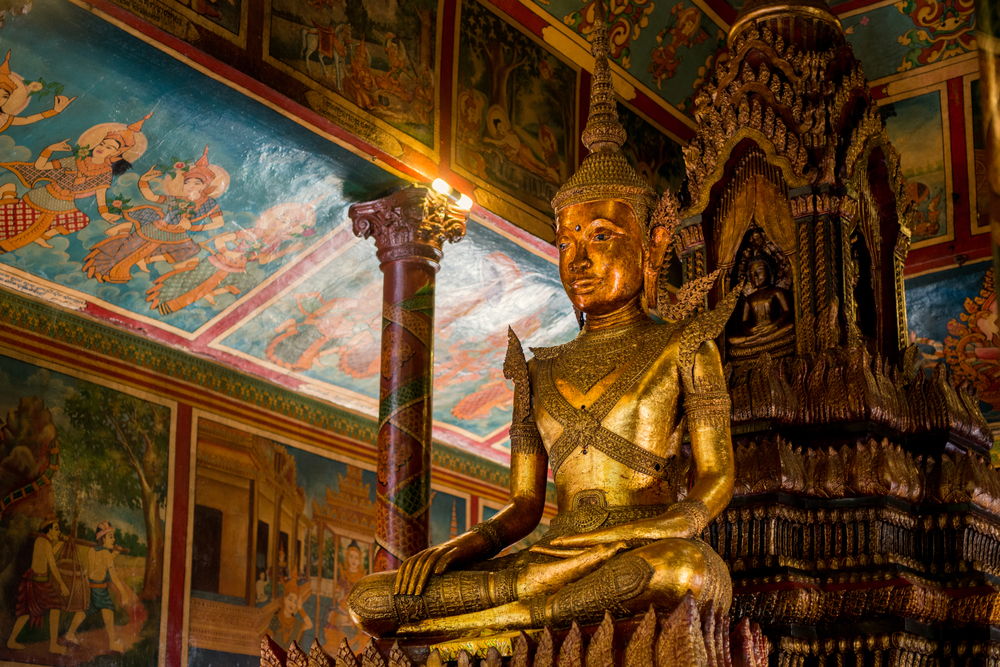
Our spiritual journey begins in Phnom Penh, at the birthplace of the city, Wat Phnom. Set atop a hill, this Buddhist temple dates back to 1372. Legend has it that a wealthy widow named Daun Penh discovered four bronze statues of the Buddha in a nearby river and created the temple to house them. The site has been renovated and rebuilt several times since. The temple's central stupa houses the remains of King Ponhea Yat and offers panoramic views of the bustling city below. The complex is surrounded by lush gardens, making it a serene escape from the urban chaos.
Wat Ounalom – Phnom Penh, Cambodia
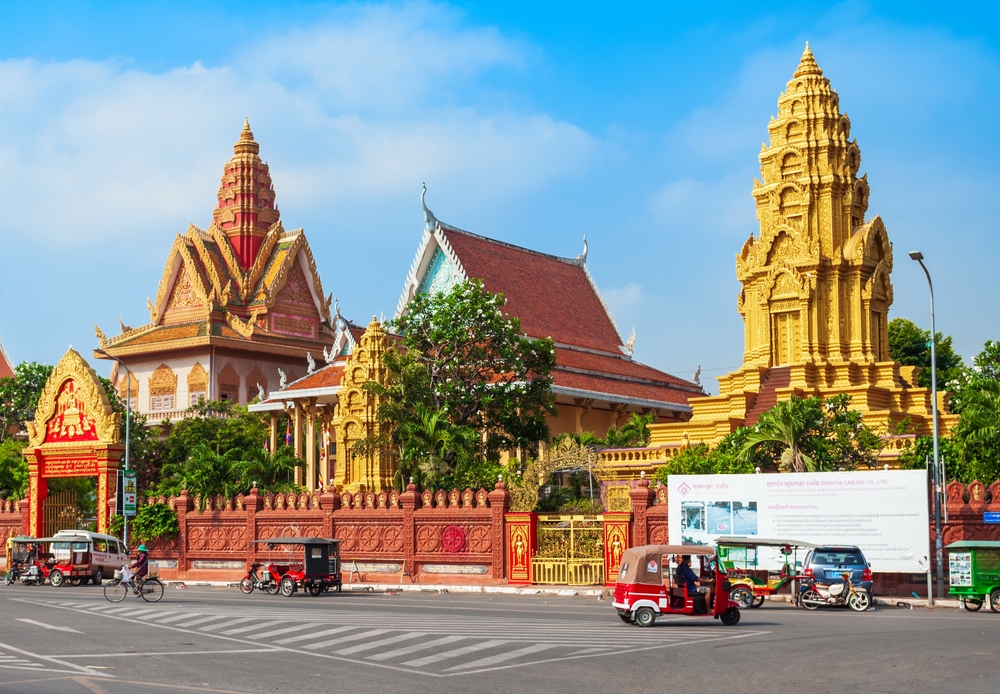
A short distance from the royal palace, Wat Ounalom is another jewel in Phnom Penh’s spiritual crown. As the headquarters of Cambodian Buddhism, it houses the country's supreme patriarch. The temple features an impressive façade with intricate Khmer architecture and is home to a significant relic: an eyebrow hair of the Buddha. The complex consists of 44 structures, providing insight into the daily lives of the monks residing there.
Wat Xieng Thong – Luang Prabang, Laos
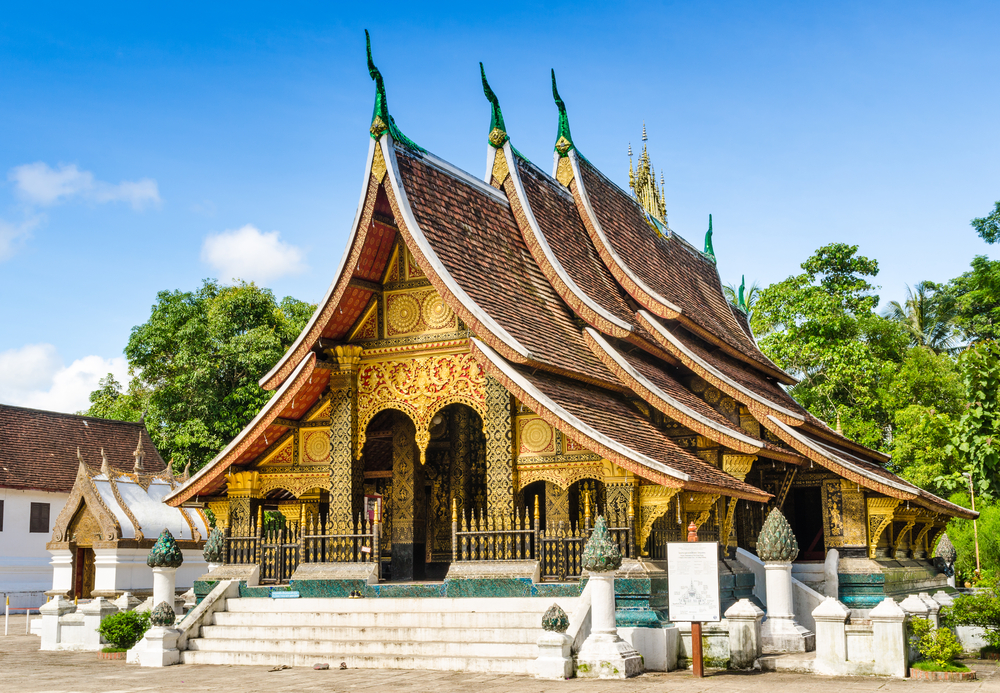
Moving upriver into Laos, Wat Xieng Thong serves as a classic symbol of Laotian craftsmanship and religious devotion. Situated in the heart of Luang Prabang, this temple complex is known for its sweeping roofs and intricate mosaic patterns, including the famed "tree of life" glass montage on the rear temple wall. Built in 1560 by King Setthathirath, it has remained a significant ceremonial site for the Lao monarchy. The temple's numerous halls and stupas display various Buddha images and ornate carvings, reflecting the rich Laotian culture.
Wat Phou – Champasak, Laos
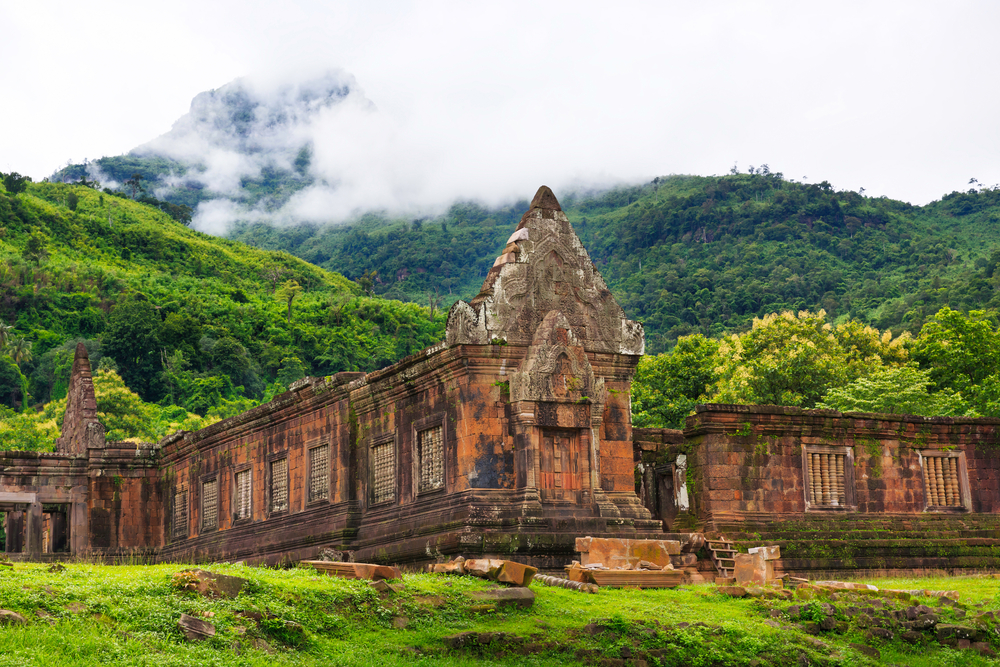
Further south lies Wat Phou, a ruined Khmer Hindu temple complex that predates the famous Angkor Wat. This UNESCO World Heritage Site, located at the base of Mount Phou Kao, offers breathtaking views and a unique blend of Hindu and Buddhist elements. The ancient temple was initially dedicated to Shiva, but later converted to Buddhist use, which is evident from the mixed iconography throughout the site. The climb to the temple provides a literal and metaphorical ascent to enlightenment, passing through successive temple doorways that align with the setting sun during the annual Shivratri festival.
Wat Hanchey – Kampong Cham, Cambodia
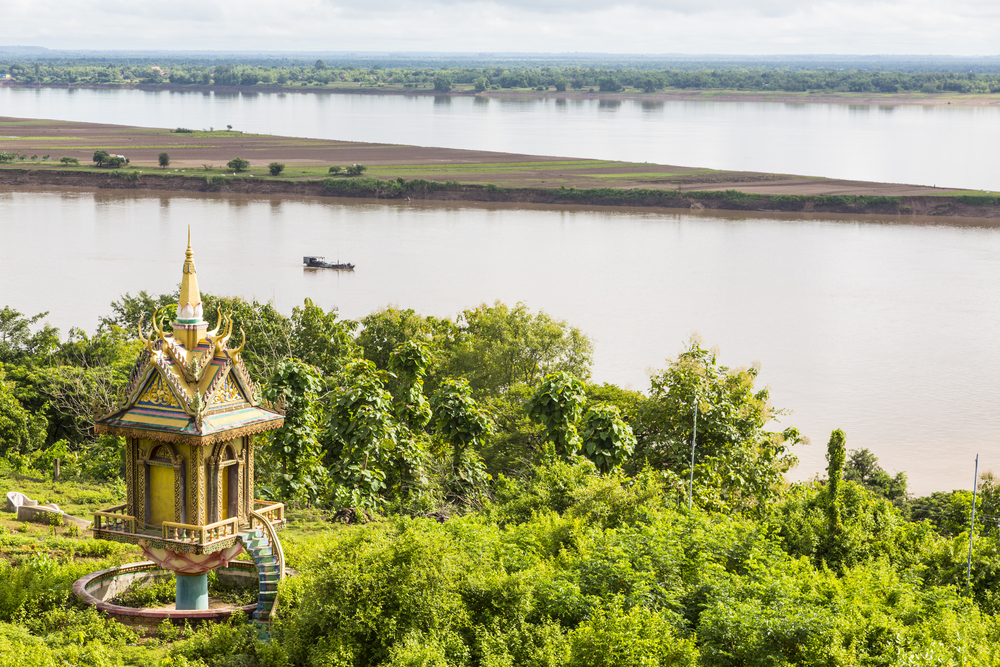
Back in Cambodia, Wat Hanchey is an ancient hilltop temple overlooking the Mekong River. Dating back to the Chenla Empire before the rise of Angkor, this site offers both historical depth and spiritual significance. The complex features a mix of ancient brick stupas and more recent Buddhist statues. Climbing the Naga-guarded staircase to the top rewards visitors with stunning views of the river and surrounding countryside. It’s a place that provides a peaceful space to ponder the enduring nature of spiritual traditions along the Mekong.
Traveling along the Mekong River and visiting these temples is not just a journey through the physical landscapes but also a passage through the spiritual heritage of Southeast Asia. Each temple tells a story of faith, resilience, and architectural grandeur, offering a profound insight into the soul of this fascinating region. Whether you're a spiritual seeker, history enthusiast, or lover of architecture, the temples along the Mekong River beckon with tales of the past and lessons for the present.

